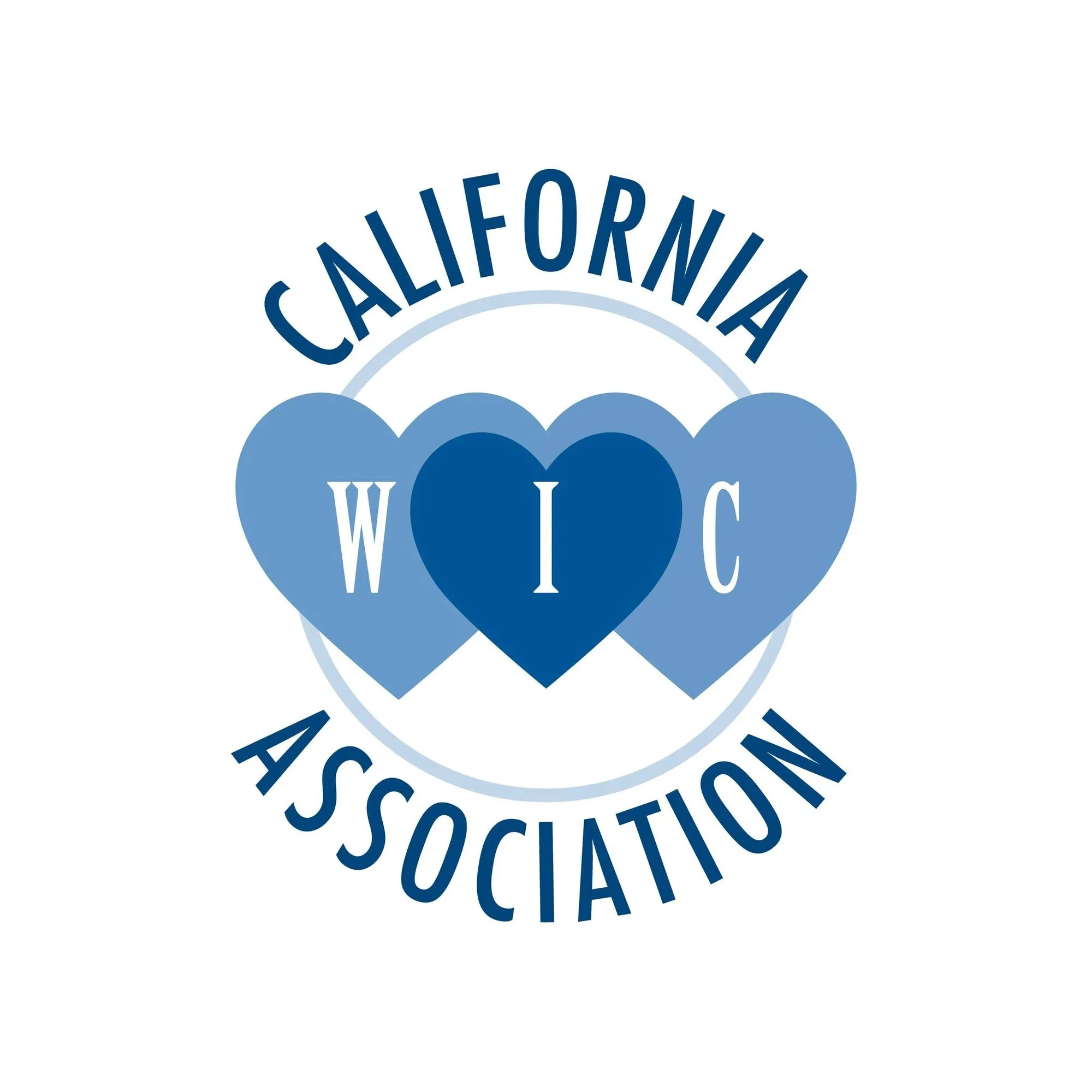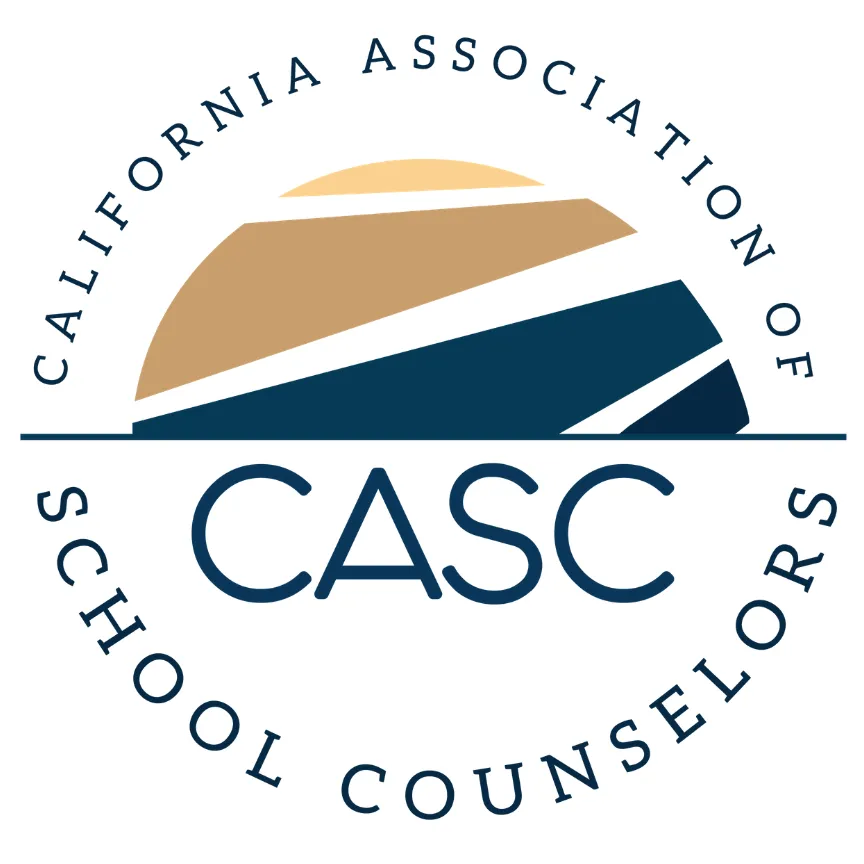
Hi, California.
Let’s get you free money for college.

Hi, California.
Let’s get you free money for college.

Hi, California.
Let’s get you free money for college.

Hi, California.
Let’s get you free money for college.

Hi, California.
Let’s get you free money for college.

Hi, California.
Let’s get you free money for college.
Meet CalKIDS.
What you need to know…
California babies, regardless of family income, get money in a CalKIDS college savings account at birth.
- $25 for babies born between July 2022 and June 2023
- $100 for babies born on or after July 1, 2023
- $25 bonus when you claim your CalKIDS account
- $50 bonus when you link your CalKIDS account with a ScholarShare 529 account
All California babies born on or after July 1, 2022, are eligible for CalKIDS. You will need to wait up to 90 days after your baby’s birth is registered with the California Department of Public Health to access your baby’s CalKIDS account.
Step 1: Claim a CalKIDS account
Step 2: Open a ScholarShare 529 account
CalKIDS gives money for college or career training to eligible students in California. There are two eligible groups:
- Low-income* public school students enrolled in grades 1-12 during 2021-2022 academic year
- Low-income* public school students enrolled in the 1st grade during 2022-2023 academic year and every year thereafter
Award Amounts:
- $500 for low-income public school students
- $500 more for foster youth
- $500 more for homeless youth
To be eligible, your child must have been enrolled on Fall Census Day** and must also be identified as English Learner or low-income by the Local Control Funding Formula. And, that information must be reported to the California Department of Education.
*Eligibility determined by Local Control Funding Formula
**Fall Census Day is the first Wednesday in October of the academic year
You will need the following information available to claim a CalKIDS account:
Newborns
1. Local Registration Number on child’s birth certificate or CalKIDS Code on the letter you received
2. Child’s date of birth (allow 90 days after child’s birth for info to be uploaded)
3. County where child was born
Students
1. Statewide Student Identifier (SSID) or CalKIDS Code on the letter you received
2. Student’s date of birth
3. County where student was enrolled
The following video provides more detailed information on claiming a CalKIDS account.
CalKIDS money can be used at eligible higher education institutions across the country. This includes community colleges, universities, vocational schools, and professional schools. To check if your school qualifies use the Federal School Code Search Tool.
CalKIDS funds can be used to cover education expenses such as…
- Tuition and fees
- Books and supplies
- Room and board
- Computer equipment
To use your money for a qualified education expense, follow these simple steps:
Step 1: Log in to your CalKIDS account
Step 2: Click “Request Distribution” and follow the directions
Note: For more detailed info, refer to the Program Guide
Funds cannot be added into a CalKIDS account. To add to your child’s college savings, open a ScholarShare 529 account. You can easily make and manage contributions right from your secure online account.
Linking CalKIDS and ScholarShare 529 Accounts
Link your CalKIDS account with your ScholarShare 529 account so you can see all your college savings in one place. ScholarShare 529 also makes it simple for friends and family to chip in for your child’s education.
Step 1: Claim a CalKIDS account
Step 2: Open a ScholarShare 529 account
Step 3: Log in to CalKIDS and link accounts
It’s quick. It’s easy.
Webinars
CalKIDS, Live online webinar May 15th
Join the CalKIDS team for a free, live online webinar May 15, 2024, from 11:00 am – 12:00 pm (PST). RSVP is required, and instructions will be sent to you via email.

CalKIDS, Live online webinar June 18th
Join the CalKIDS team for a free, live online webinar June 18, 2024, from 11:00 am – 12:00 pm (PST). RSVP is required, and instructions will be sent to you via email.

CalKIDS, Live online webinar July 16th
Join the CalKIDS team for a free, live online webinar July 16, 2024, from 11:00 am – 12:00 pm (PST). RSVP is required, and instructions will be sent to you via email.

CalKIDS, Live online webinar August 13th
Join the CalKIDS team for a free, live online webinar August 13th, 2024, from 11:00 am – 12:00 pm (PST). RSVP is required, and instructions will be sent to you via email.

CalKIDS, Live online webinar September 17th
Join the CalKIDS team for a free, live online webinar September 17th, 2024, from 11:00 am – 12:00 pm (PST). RSVP is required, and instructions will be sent to you via email.

CalKIDS, Live online webinar October 15th
Join the CalKIDS team for a free, live online webinar October 15th, 2024, from 11:00 am – 12:00 pm (PST). RSVP is required, and instructions will be sent to you via email.

CalKIDS, Live online webinar November 19th
Join the CalKIDS team for a free, live online webinar November 19th, 2024, from 11:00 am – 12:00 pm (PST). RSVP is required, and instructions will be sent to you via email.

CalKIDS, Live online webinar December 17th
Join the CalKIDS team for a free, live online webinar December 17th, 2024, from 11:00 am – 12:00 pm (PST). RSVP is required, and instructions will be sent to you via email.




